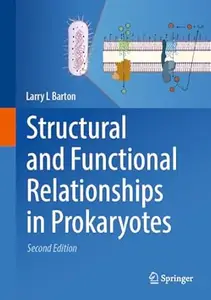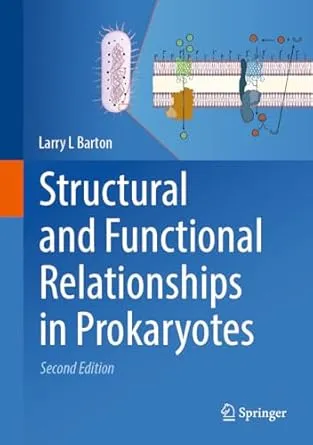Structural and Functional Relationships in Prokaryotes
English | 2025 | ISBN: 3031913191 | 573 Pages | PDF EPUB (True) | 165 MB
English | 2025 | ISBN: 3031913191 | 573 Pages | PDF EPUB (True) | 165 MB
This book is designed to be used as textbook for advanced undergraduate and graduate students in courses of microbial physiology and biochemistry, with a specific focus on the physiological processes in bacteria and archaea. This emphasis provides for the basis to explore bacterial and archaeal growth, as well as the response of these cells to the environment and to evaluate the enzymology used to support life at the cellular level. Building on the success of the first edition, the topics have been strengthened by the addition of new information and a reorganization which has resulted in condensed chapters to enable instructors to more readily adapt the various units of this book to their class schedules. A set of questions is provided for each chapter and these questions can serve as in-class discussions or homework projects.



